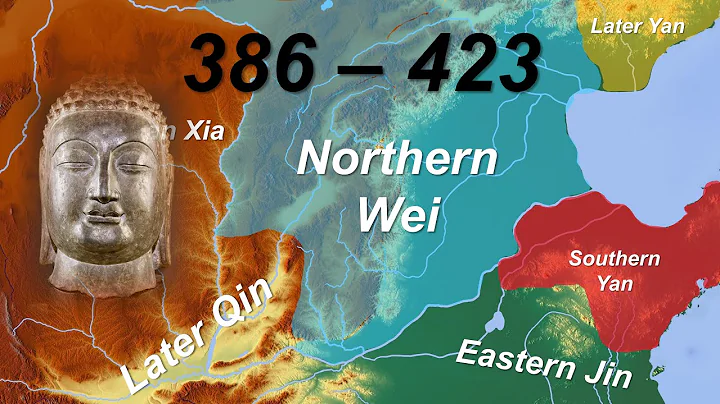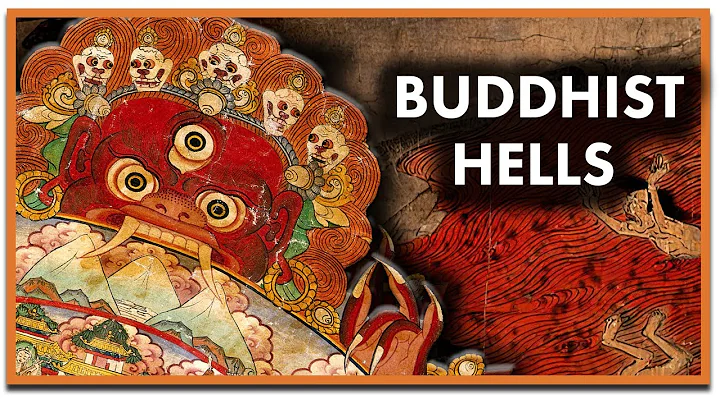
According to official historical records, when Emperor Ming of the Eastern Han Dynasty (reigned from 58 to 74 AD), Chu Wangying was the first person in my country to worship the pagoda (i.e. Buddha) (see "Book of the Later Han. Biography of Chu Wangying"), and the Han Dynasty Mo Rong was the first person to "read Buddhist scriptures in class" (see the attached biography of "Three Kingdoms. Biography of Wu Shu and Liu Yao"). Whether they used Buddhist beads or not is untestable.

Buddhist beads have become a heavy ritual tool carried and used by monks, nuns and lay people in China, Tibet, Japan, South Korea, Thailand and other regions, and have even become an important symbol of Buddhists. Buddhist scriptures record the origin of Buddhist beads, generally based on the Buddha's revelation to King Boliu in the Muzi Sutra. It is written in the sutra: "The Buddha told the king: "If you want to eliminate the troubles and obstacles and repay the obstacles, you should penetrate the wood one hundred and eighty, and always follow it by yourself. Whether you are walking, sitting, or lying down, you should always make sure that your mind has no distracting thoughts. Calling the name of the Buddha, Bodhidharma , and the Sangha is just one piece of wood, and so on, if it is ten, if it is twenty, if it is one hundred, if it is thousands, if it will be hundreds of thousands. "'From this point of view, the wave of wandering is king. Buddhist beads are made of wood, and the names of the "Three Jewels" - Buddha, Bodhidharma, and Sangha (ie Buddha, Dharma, and Sangha) are used to eliminate troubles and obstacles. This is the origin of Buddhist rosary beads.

Buddhism was introduced to China during the Han Dynasty. One theory is that it was during the reign of Emperor Ai of the Han Dynasty (reigned 1 BC 6-1 BC) when Qin Jingxian, a disciple of the Ph.D., received the Buddhist Sutra orally from Yicun, the great Yueshi envoy. " is the beginning of the introduction of Buddhism into China; or it can be said that in the 10th year of Yongping of Emperor Ming of the Han Dynasty (AD 67), Cai Xi, a doctor, was sent to Tianzhu to seek Buddhism and returned with a white horse carrying scriptures. This was the official introduction of Buddhism to China.
started.

During the Three Kingdoms period, Sun Quan, the Lord of Wu, built the first temple, treated Kangju monks and monks as a courtesy, and allowed him to translate Buddhist scriptures and preach Buddhism. Since then, Buddhism has become popular in the Jiangnan area. In the second year of Jiaping reign of King Cao Fang of Wei Qi (AD 250), the Indian monk Damojiala came to court, and Zhu Shixing of Yingchuan was ordained as a monk. This was the beginning of the official establishment of ascetics in our country. It is impossible to test whether the two monks mentioned above brought Buddhist beads with them when they came to China.
In the Jin and Southern and Northern Dynasties, more and more foreign monks came to China. The most famous and influential monks were Fotucheng and Kumarajiva. Fotucheng lived in Luoyang, where he was honored by the emperors Shi Le and Shi Hu of the later Zhao Dynasties. He built more than 800 Buddhist temples in the territory; his disciple Dao'an was also honored by the emperors of the former Qin Dynasty. Fu Jian respected him; and Dao'an's disciple Huiyuan formed a White Lotus Society in Lushan and lectured on Buddhism, which was respected by the officials of the dynasty. Kumarajiva was in Chang'an . He was honored as a national teacher by the Later Qin monarch Yao Xing. He summoned more than 800 people including Seng Rui , Seng Zhao and Daosheng in the Xiaoyao Garden to engage in Buddhist scriptures were translated and published in ninety-eight volumes and four hundred and twenty-five volumes. From then on, Buddhist scriptures spread far and wide. The "Luoyang Jialan Ji" written by Yang Xuanzhi of the later Wei Dynasty said:
"At that time, the Buddhist scriptures were flourishing in Luoyang, and there were more than 3,000 foreign ascetics." At this time, there were many foreign monks coming to China, and most of them carried Buddhist beads.







![[Documentary] The Daming Palace &Tang Dynasty (618 - 907 AD) 唐朝大明宫 - DayDayNews](https://i.ytimg.com/vi/SoSIpWbqS60/hqdefault.jpg?sqp=-oaymwEcCOADEI4CSFXyq4qpAw4IARUAAIhCGAFwAcABBg==&rs=AOn4CLDINzuwhoDWKXI3XRys4PUpsrGKJA)









![[English] Who Am I - Lecture 1 - Ven. Guan Cheng - DayDayNews](https://i.ytimg.com/vi/KU0fUs2It5o/hq720.jpg?sqp=-oaymwEcCNAFEJQDSFXyq4qpAw4IARUAAIhCGAFwAcABBg==&rs=AOn4CLDFpQUN_QwRfC7bmP4sUadq-RcYdg)
![A Moving Masterpiece 清明上河图 [English narration] - DayDayNews](https://i.ytimg.com/vi/kxff-4GktOI/hqdefault.jpg?sqp=-oaymwEcCOADEI4CSFXyq4qpAw4IARUAAIhCGAFwAcABBg==&rs=AOn4CLBtHGLeUpJNCYDJYnZTuISQ1N5Vag)


